Leo Kanner’s 1943 Paper on Autism: A Groundbreaking Discovery
Kanner's paper, titled "Autistic Disturbances of Affective Contact," was the first to describe the characteristics of autism and to establish it as a distinct condition.
.jpeg)
Leo Kanner and Autism Diagnosis
Introduction to Leo Kanner
Leo Kanner, a prominent psychiatrist and physician, played a pivotal role in shaping our understanding of autism and revolutionizing its diagnosis. Born in 1894 in Austria-Hungary (now Ukraine), Kanner later immigrated to the United States and began his groundbreaking work in the field of child psychiatry.
Kanner's work was characterized by his keen observation skills, meticulous documentation, and commitment to providing accurate diagnoses. His contributions to the field of autism diagnosis have left an indelible mark on the way we perceive and understand the condition.
The Groundbreaking 1943 Paper on Autism
In 1943, Leo Kanner published a groundbreaking paper titled "Autistic Disturbances of Affective Contact." This seminal work marked the first comprehensive description of autism as a distinct condition. Kanner's paper presented detailed case studies of eleven children who displayed a unique set of behavioral characteristics, which he termed "early infantile autism."
In his paper, Kanner highlighted several key features of autism, including a profound lack of social interaction, repetitive behaviors, and a strong resistance to change. He emphasized the early onset of these symptoms and the absence of intellectual disability in the affected children. Kanner's meticulous descriptions and careful analysis provided a foundation for further research and diagnosis of autism.
Kanner's 1943 paper on autism laid the groundwork for our contemporary understanding of the condition. It provided the impetus for further investigations into autism and ignited a global conversation about the unique challenges faced by individuals on the autism spectrum.
Leo Kanner's groundbreaking work in the field of autism diagnosis continues to shape our understanding of the condition today. His contributions have paved the way for advancements in research, diagnosis, and support for individuals with autism.
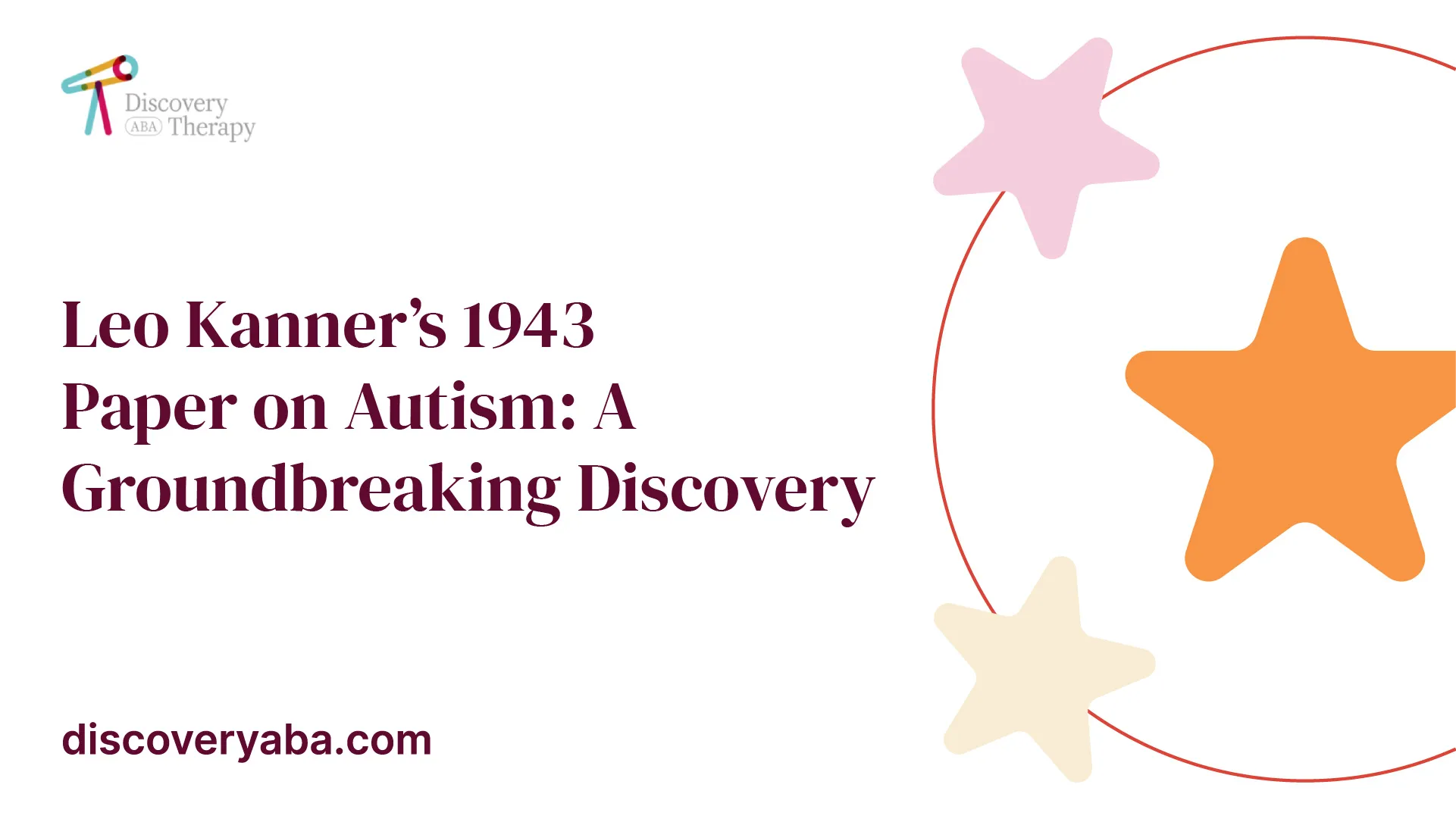
Understanding Autism Before Kanner
To fully appreciate the groundbreaking impact of Leo Kanner's work on autism diagnosis, it is essential to understand the historical context and the prevailing knowledge about autism before his influential 1943 paper. Prior to Kanner's research, there was limited understanding of this complex neurodevelopmental condition.
Historical Context of Autism Diagnosis
In the early 20th century, the concept of autism as a distinct condition was virtually nonexistent. The term "autism" itself was derived from the Greek word "autos," meaning self, and was initially used by psychiatrist Eugen Bleuler in 1911 to describe self-absorption and withdrawal observed in individuals with schizophrenia. However, it was not until Leo Kanner's research that autism began to be recognized as a separate condition.
Early Misunderstandings and Misdiagnosis
Before Kanner's work, individuals with autism often faced misdiagnosis or were labeled as having other conditions. Some common misinterpretations included childhood schizophrenia, intellectual disability, or simply being considered as socially "eccentric" or "difficult." The lack of understanding and appropriate diagnostic criteria resulted in many individuals with autism not receiving the support and interventions they needed.
The prevailing belief at the time was that autism was primarily caused by poor parenting or emotional coldness from the parents, a theory known as the "refrigerator mother" hypothesis. This misguided perspective further contributed to the misinterpretation and stigmatization of individuals with autism. Fortunately, Kanner's work would challenge and dispel these misconceptions, paving the way for a more accurate understanding of autism.
By shedding light on the historical context and early misunderstandings surrounding autism diagnosis, we can better appreciate the significant contributions made by Leo Kanner in his groundbreaking 1943 paper.
Leo Kanner's Contributions
Leo Kanner's groundbreaking work revolutionized our understanding of autism and its diagnosis. Through his meticulous observations and analysis, Kanner made significant contributions to the field, particularly in identifying autism as a distinct condition and describing the characteristics of autism.
Identifying Autism as a Distinct Condition
In Kanner's 1943 paper, he introduced the concept of autism as a separate and distinct condition. Prior to his work, autism was largely misunderstood and often misdiagnosed as other conditions such as schizophrenia or intellectual disability.
Kanner recognized that the children he observed displayed unique patterns of behavior and social interaction that differed from any previously documented conditions. He coined the term "early infantile autism" to describe this distinct condition, emphasizing its onset in early childhood and the pervasive nature of its symptoms.
Kanner's identification of autism as a separate entity had a profound impact on the field of psychiatry and laid the foundation for further research and understanding of the condition. His work opened doors for further exploration into the causes, treatment, and support for individuals with autism.
Describing the Characteristics of Autism
Through his meticulous observations, Kanner described the characteristic features and behaviors associated with autism. He outlined several key aspects of autism, including:
- Impaired social interaction: Kanner identified that individuals with autism had difficulty engaging in typical social interactions. They often struggled with establishing and maintaining relationships, had limited eye contact, and displayed a lack of social reciprocity.
- Communication challenges: Kanner observed that individuals with autism exhibited delays or impairments in language development and communication skills. Some individuals were nonverbal, while others had unusual patterns of speech, such as echolalia (repeating words or phrases).
- Repetitive behaviors and restricted interests: Kanner noted that individuals with autism engaged in repetitive behaviors, such as hand flapping, rocking, or lining up toys. They also exhibited intense and narrow interests, often fixating on specific topics or objects.
- Resistance to change: Kanner highlighted the resistance to changes in routines or environments that individuals with autism often displayed. They exhibited a need for predictability and sameness in their daily lives.
Kanner's detailed descriptions of these characteristics provided a foundation for the diagnostic criteria and understanding of autism that continues to evolve today.
Leo Kanner's contributions to the field of autism diagnosis have had a lasting impact. His work not only led to the recognition and appreciation of autism as a distinct condition but also paved the way for further research, understanding, and support for individuals with autism. His dedication and insights continue to be of great importance in the field of autism studies, shaping the lives of individuals with autism and their families.
Impact on Autism Diagnosis
Leo Kanner's groundbreaking work on autism had a profound impact on the field of autism research and significantly influenced diagnostic criteria and practices. His contributions shaped our understanding of autism and revolutionized the way it is diagnosed today.
Shaping the Field of Autism Research
Leo Kanner's 1943 paper on autism, published under the title "Autistic Disturbances of Affective Contact," marked a significant turning point in the study of autism. Prior to Kanner's research, there was limited understanding of autism as a distinct condition. Kanner's meticulous observations and detailed case studies provided a comprehensive description of the features and characteristics of autism, shedding light on a previously misunderstood condition.
Kanner's work served as a catalyst for further research and exploration into autism. His findings opened doors for scientists and clinicians to delve deeper into the understanding of autism, leading to advancements in the field. Researchers began to investigate the underlying causes, neurological differences, and potential interventions for individuals on the autism spectrum. Today, autism research continues to build upon the foundation laid by Kanner's groundbreaking work.
Influencing Diagnostic Criteria and Practices
Kanner's definition of autism, outlined in his 1943 paper, established the basis for diagnostic criteria and practices that are still used to this day. His observations and descriptions of the core features of autism formed the foundation for the diagnostic criteria outlined in the Diagnostic and Statistical Manual of Mental Disorders (DSM).
By identifying autism as a distinct condition separate from other developmental disorders, Kanner provided a framework for clinicians to recognize and diagnose autism accurately. This clarity in diagnosis has been crucial in ensuring that individuals with autism receive appropriate support, interventions, and services tailored to their specific needs.
The influence of Kanner's work extends beyond the diagnostic criteria. His research prompted a shift in perspectives, encouraging professionals and society to view autism as a neurodevelopmental difference rather than a result of poor parenting or emotional trauma. This shift has played a pivotal role in reducing stigmatization and promoting acceptance of individuals with autism.
As our understanding of autism continues to evolve, Kanner's contributions remain significant in the field of autism diagnosis. His work laid the groundwork for future researchers, clinicians, and advocates, shaping the way we identify, understand, and support individuals on the autism spectrum.

Critiques and Controversies
As with any groundbreaking work, Leo Kanner's 1943 paper on autism has faced its fair share of critiques and controversies. While Kanner's findings laid the foundation for understanding autism as a distinct condition, subsequent research and changing perspectives have led to challenges and evolving viewpoints.
Challenges to Kanner's Findings
Over the years, researchers and clinicians have raised concerns and posed challenges to some aspects of Kanner's original observations and conclusions. One of the main critiques relates to the sample size of the study, which included only a small number of children. This limited sample has led some to question the generalizability of Kanner's findings to the broader population of individuals with autism.
Additionally, some have criticized Kanner's emphasis on the role of early parenting and the concept of the "refrigerator mother." This notion suggested that cold and distant mothers were responsible for causing autism in their children. However, this theory has been widely discredited, and research has shown that autism is a complex neurodevelopmental condition with a strong genetic component.
Evolving Perspectives on Autism
As our understanding of autism has deepened over the years, perspectives on the condition have evolved. While Kanner's paper provided a crucial starting point, subsequent research and advancements in technology have allowed for a more nuanced understanding of autism spectrum disorder (ASD).
Today, autism is recognized as a spectrum, encompassing a wide range of strengths and challenges. The diagnostic criteria and practices have also evolved, with the introduction of the Diagnostic and Statistical Manual of Mental Disorders (DSM), which is regularly updated to reflect the latest scientific knowledge.
Moreover, research has highlighted the importance of early intervention and individualized support for individuals with autism. This shift in focus has led to a greater emphasis on promoting inclusion, supporting communication and social skills development, and providing the necessary tools for individuals with autism to thrive.
While Kanner's findings were groundbreaking at the time, it is essential to acknowledge the ongoing research and advancements in the field of autism. The collective efforts of researchers, clinicians, and individuals with autism themselves have contributed to a more comprehensive and nuanced understanding of this complex condition.
The journey initiated by Leo Kanner's 1943 paper on autism continues to shape our understanding and approaches to autism diagnosis and support. As we navigate the complexities of autism, it is crucial to recognize the value of ongoing research and the diverse perspectives that contribute to our evolving knowledge of this condition.
The Legacy of Leo Kanner
Leo Kanner's groundbreaking work on autism diagnosis in his 1943 paper has left a lasting impact on the field of autism research. His contributions have been recognized and appreciated by professionals and individuals in the autism community. Furthermore, his work continues to be relevant and influential in shaping our understanding of autism.
Recognition and Appreciation
Leo Kanner's 1943 paper on autism marked a significant milestone in the field of developmental psychology and psychiatry. His meticulous observations and detailed descriptions of children with autism laid the foundation for the modern understanding of autism spectrum disorder (ASD).
Kanner's work was groundbreaking in that it identified autism as a distinct condition separate from other developmental disorders. His efforts to bring attention to the unique characteristics and challenges faced by individuals with autism helped to raise awareness and understanding of the condition.
The recognition and appreciation for Kanner's contributions extend beyond the initial impact of his 1943 paper. His work has been widely cited and referenced in subsequent research and studies on autism. Professionals in the field of autism studies continue to acknowledge the significance of Kanner's observations and insights.
Continued Relevance in Autism Studies
Leo Kanner's 1943 paper remains a crucial reference point in the study of autism. While our understanding of autism has evolved since then, Kanner's work continues to provide valuable insights into the characteristics and diagnostic criteria of autism.
His observations of social and communication difficulties, repetitive behaviors, and insistence on sameness have become integral to the diagnostic criteria for autism. Kanner's definition of autism as a complex neurological disorder has formed the basis for subsequent research and has guided the development of diagnostic frameworks such as the Diagnostic and Statistical Manual of Mental Disorders (DSM).
Furthermore, Kanner's emphasis on early intervention and individualized support for individuals with autism remains relevant today. The principles he advocated for, such as individualized education plans and therapeutic interventions, continue to shape the approaches and strategies used in supporting individuals with autism.
Conclusion
In conclusion, Leo Kanner's work on autism diagnosis in his 1943 paper has left an indelible mark on the field of autism research. His contributions have been widely recognized and appreciated, and his observations and insights continue to be influential in our understanding and approach to autism. The legacy of Leo Kanner's work will undoubtedly continue to shape the field of autism studies for years to come.
Sources
Does Your Child Have An Autism Diagnosis?
Learn More About How ABA Therapy Can Help
Find More Articles
Contact us
North Carolina, Nevada, Utah, Virginia
New Hampshire, Maine
Arizona, Colorado, Georgia, New Mexico, Oklahoma, Texas
.avif)


















.jpeg)



























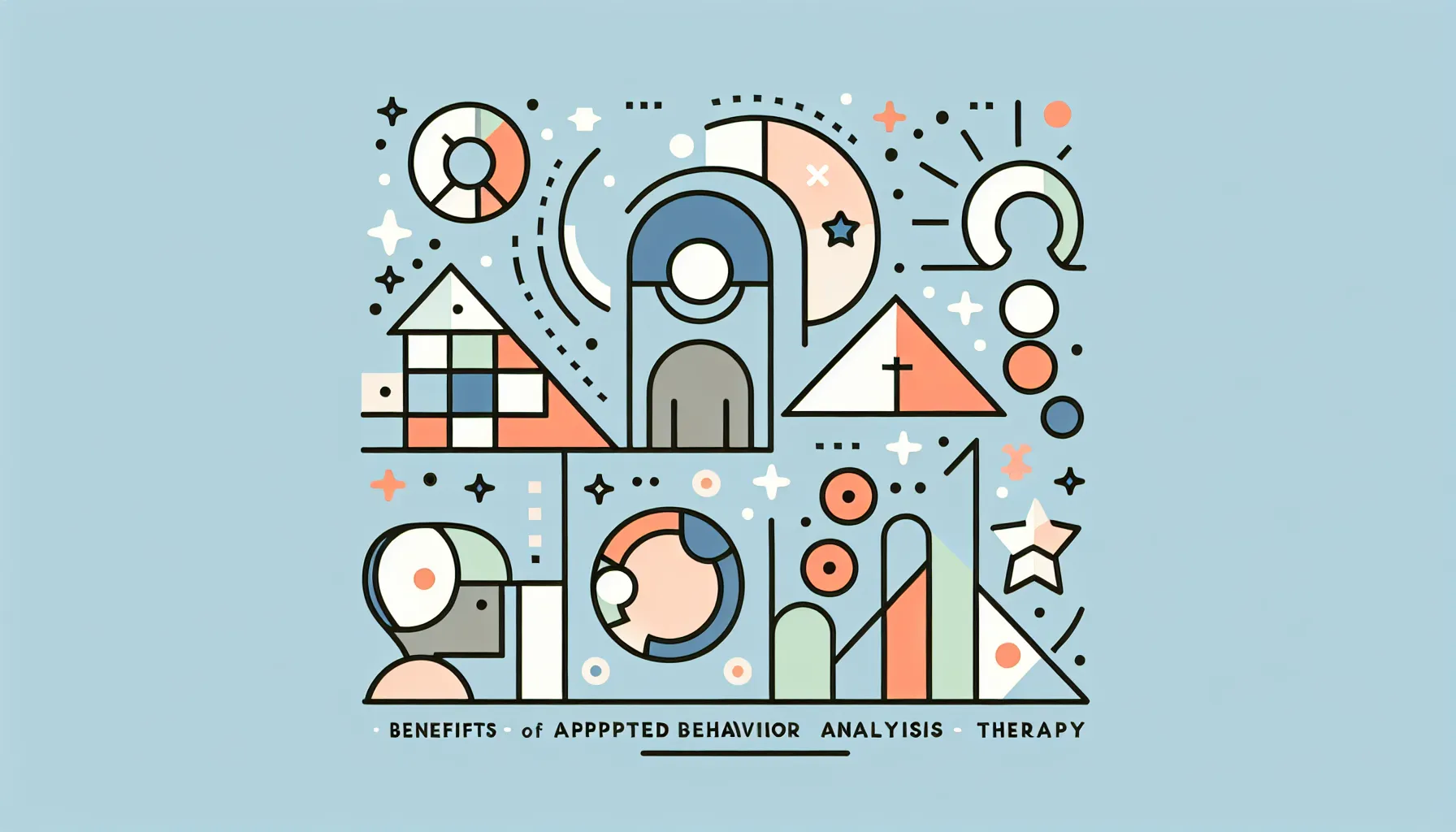












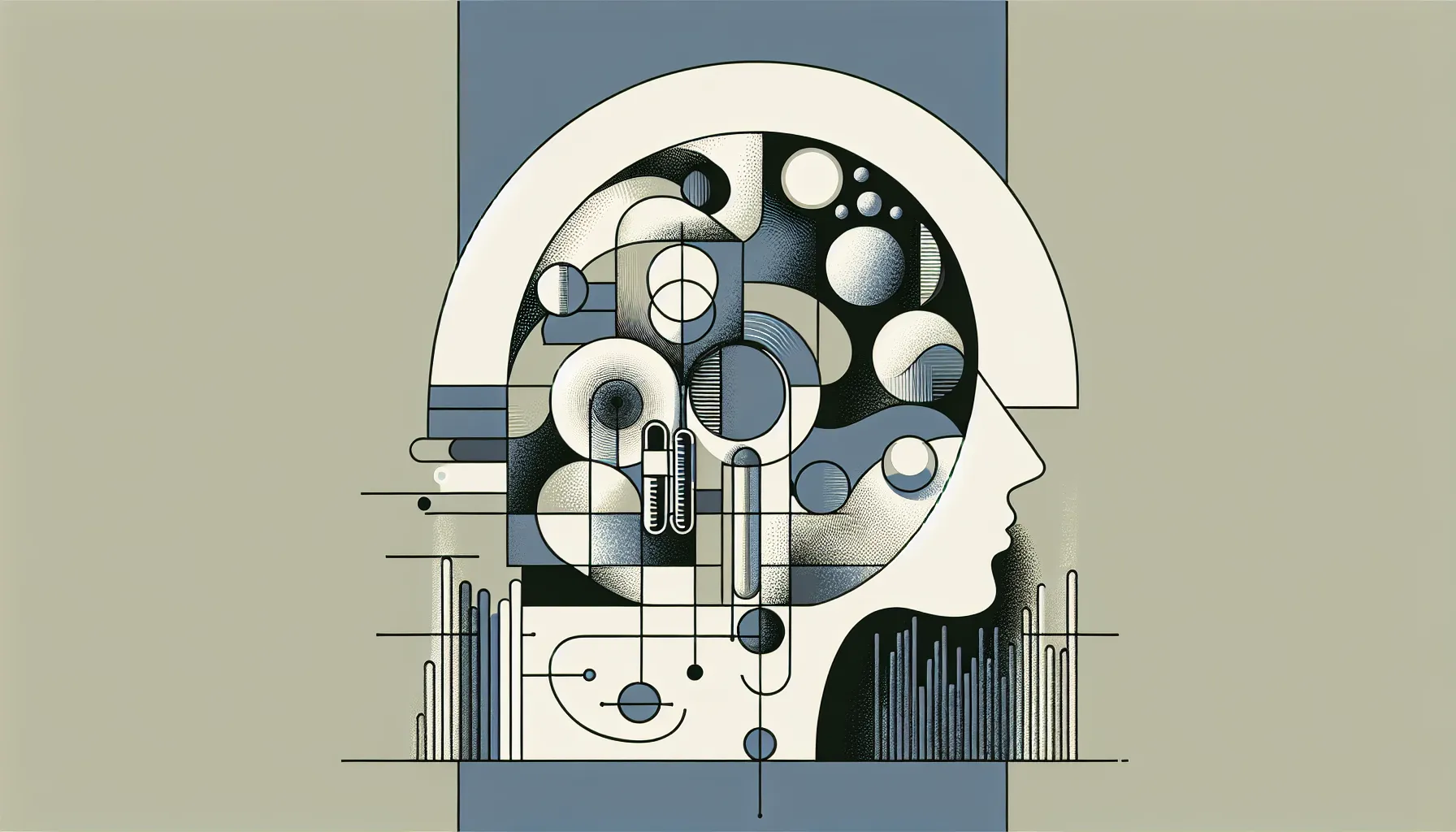



.jpeg)









.jpeg)
.jpeg)



.jpeg)




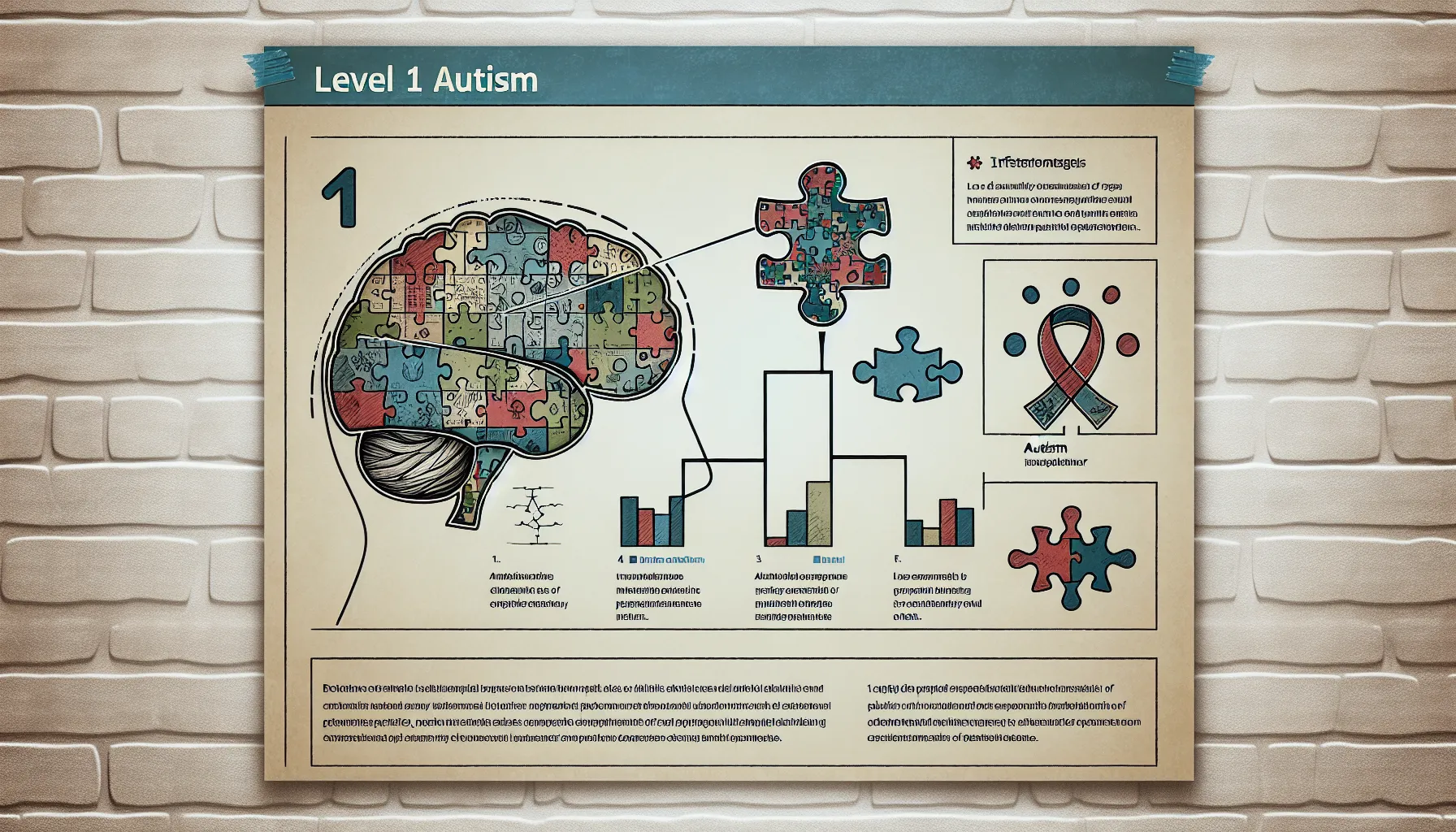











.jpeg)
.jpeg)

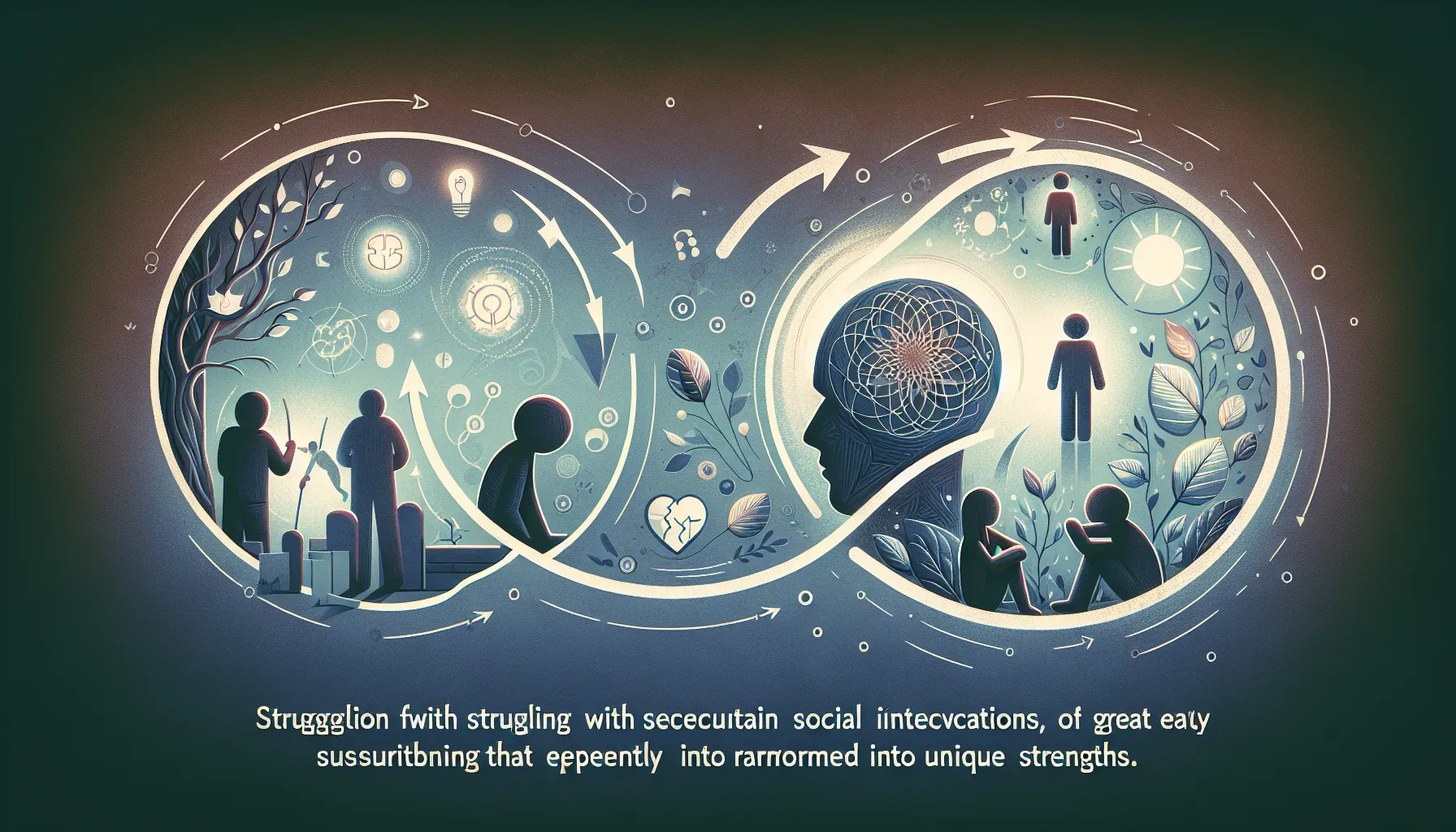

.jpeg)
.jpeg)